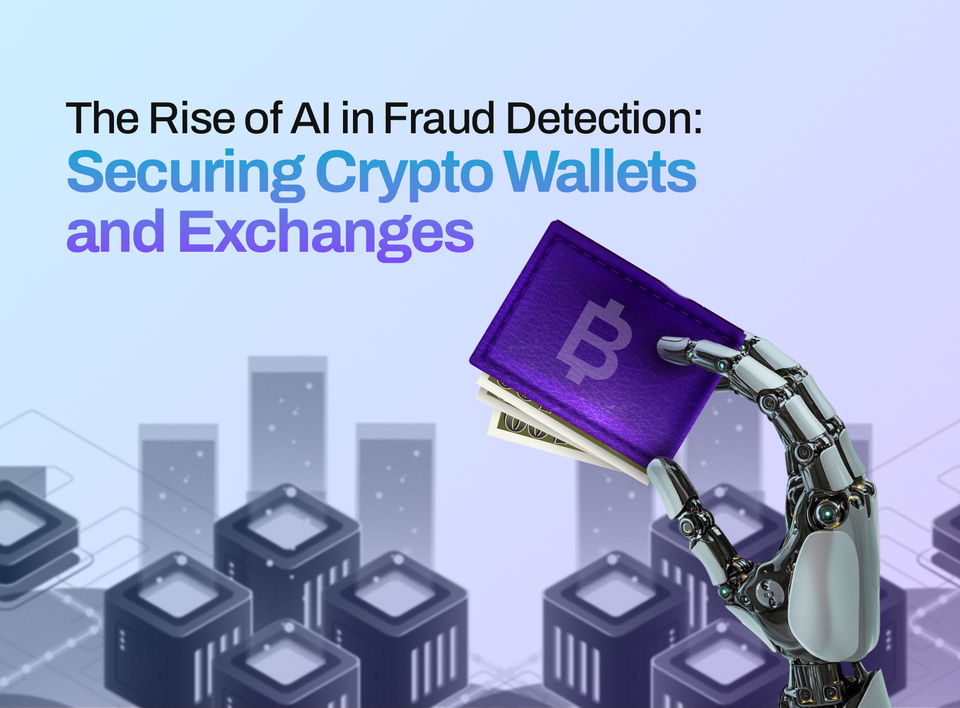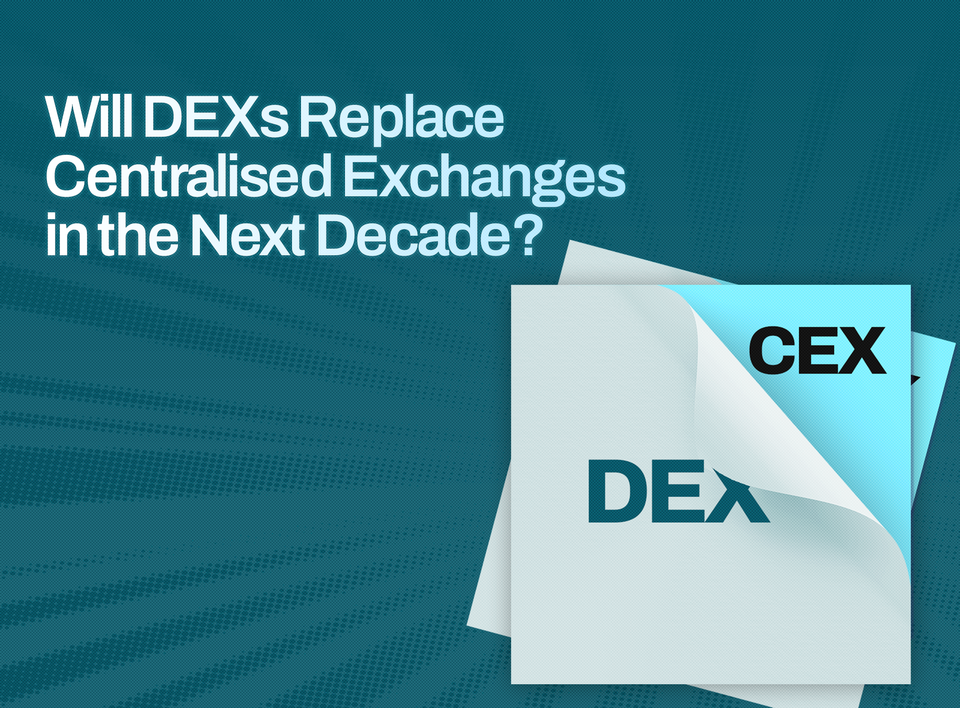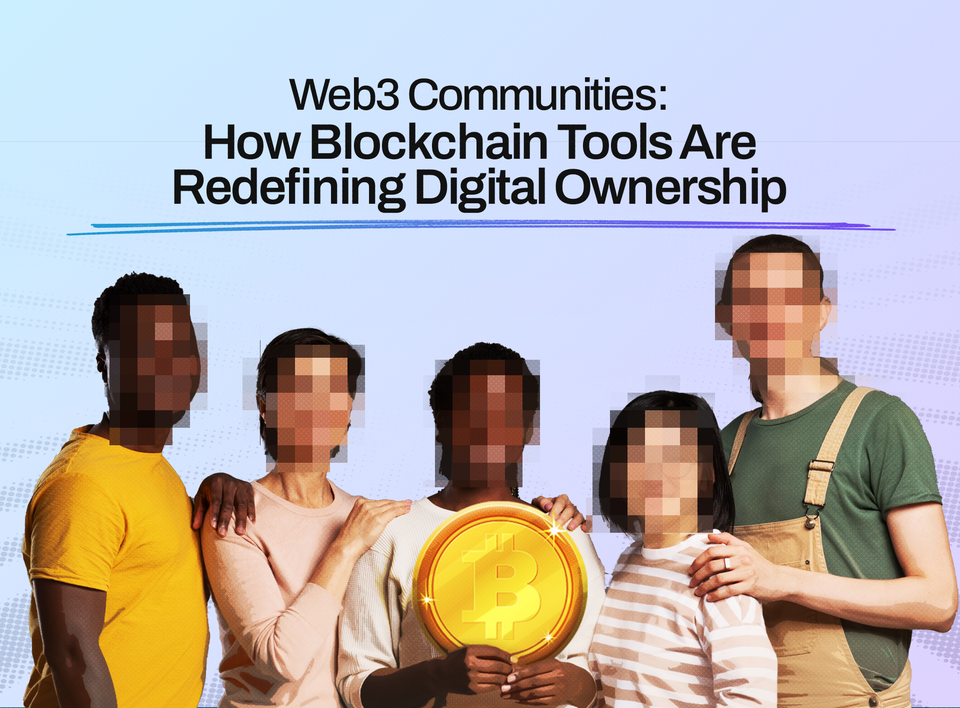BRC-20 Explained: How Tokens on Bitcoin Work
Learn how BRC-20 tokens work on Bitcoin, how to mint and trade them, and why they’re shaking up the largest blockchain ecosystem.
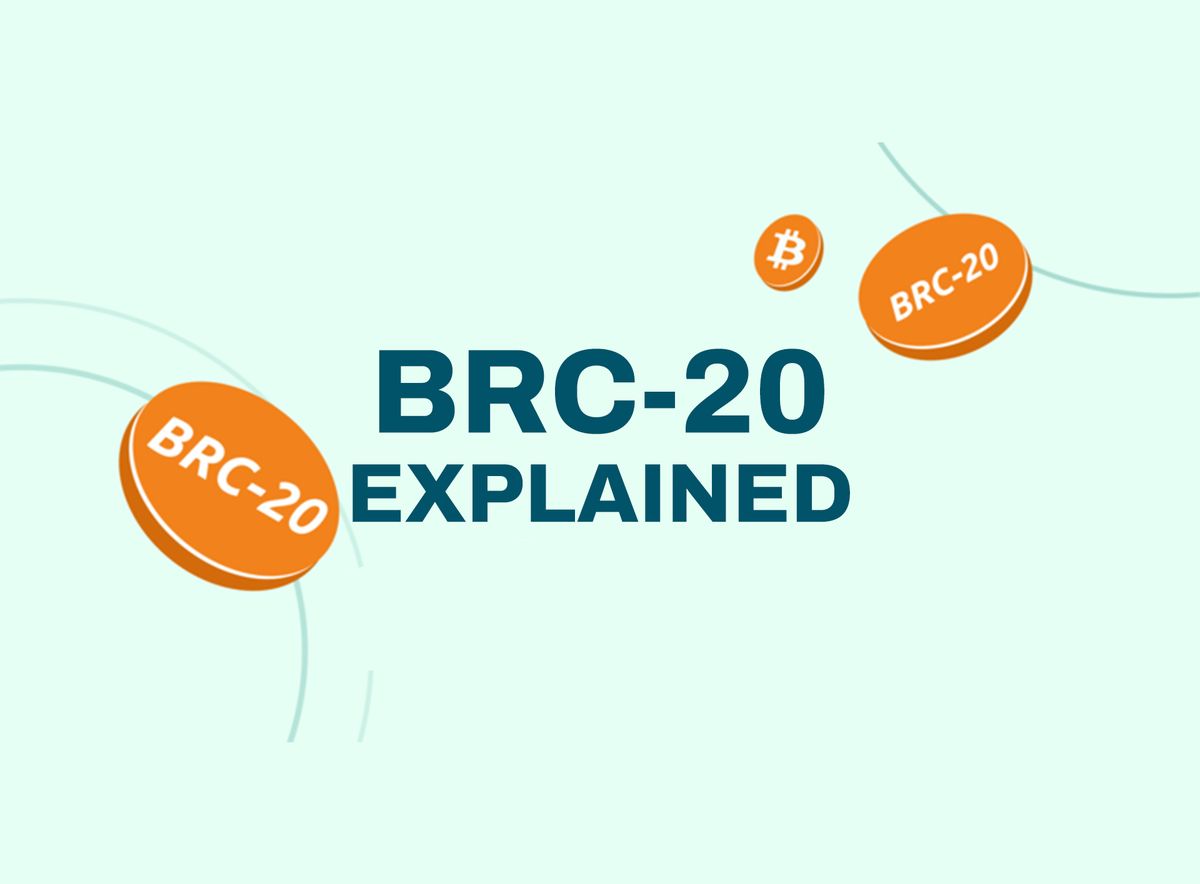
Table of Contents:
1. Introduction
2. What is BRC-20?
3. How Did BRC-20 Come About?
4. How Do BRC-20 Tokens Work?
5. BRC-20 vs ERC-20: What are the Differences?
6. Benefits of BRC-20 Tokens
7. Challenges and Limitations
8. Best BRC-20 Tokens
9. How to Use BRC Tokens
10. Wrapping Up
11. FAQs
Introduction
What do cryptocurrency and medicine have in common? My answer? Some crypto terms sound just like some medicine names! NEP-5? BEP-2? TRC-10? These crypto-related terms sometimes make you double-check to ensure you have not stumbled upon a glossary of vitamin drugs.
If you have ever come across the term BRC-20 and do not fully understand what it is, this article will be of great value to you because you will not only get a detailed explanation of what this token standard is, but you will also get practical steps of how it works and why it is vital to Bitcoin.
If you also want to read up on Ethereum’s token standard, ERC-20, click here.
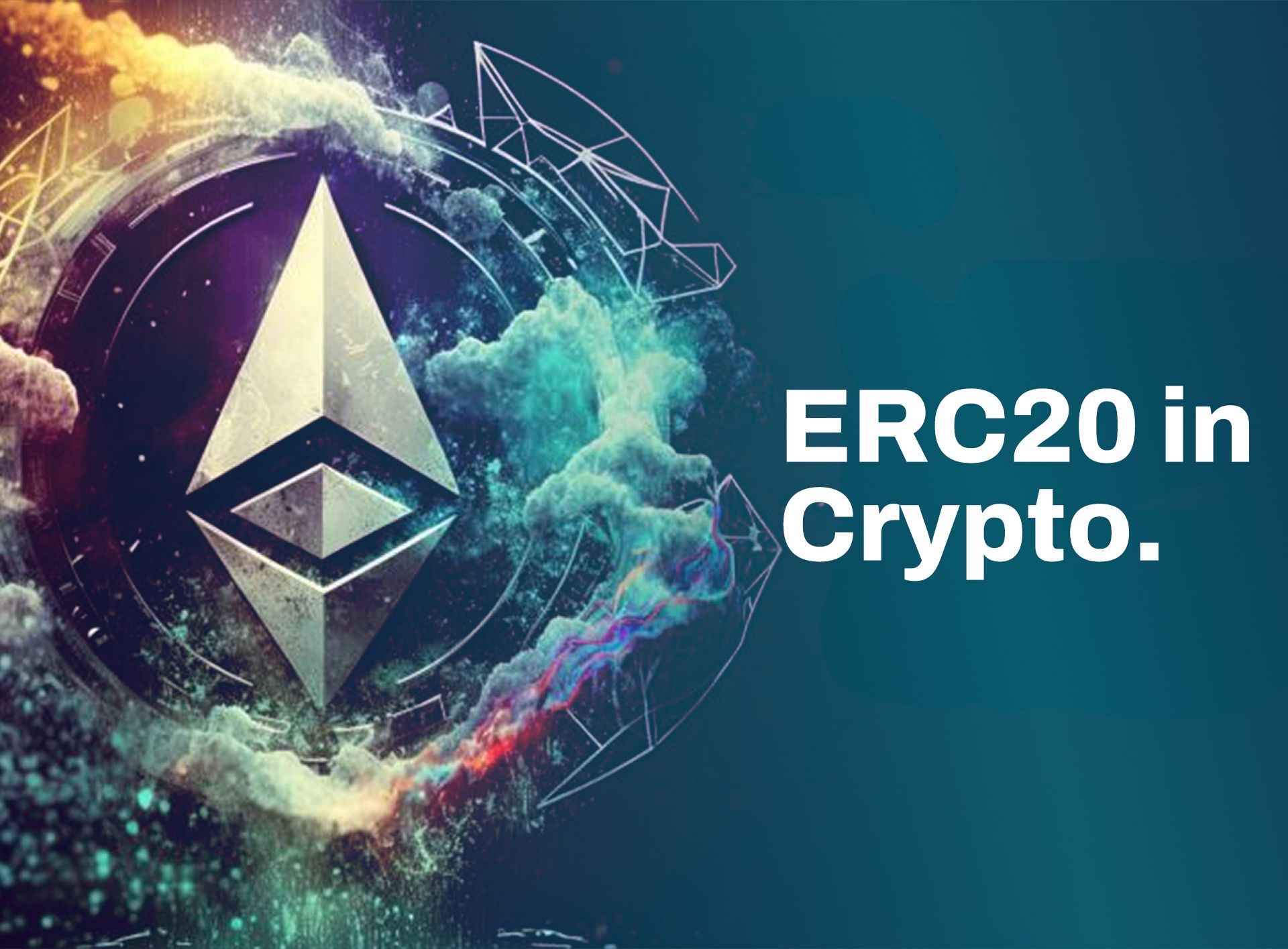
What is BRC-20?
BRC-20 is a token standard on the Bitcoin blockchain that allows developers to create and manage fungible tokens, similar to how ERC-20 works on the Ethereum blockchain.
The BRC-20 token standard provides a framework for developing and transferring tokens, which are basically digital assets, on the Bitcoin network. This development enables Bitcoin to support a wide variety of decentralised applications (dApps) and financial tools beyond its traditional use as a digital currency.
The BRC meaning stands for "Bitcoin Request for Comments," meaning that it is a proposal for the improvement of the Bitcoin network through the introduction of new functionalities. The BRC-20 token standard has opened up possibilities for BRC20 token development, allowing developers to create tokens that can represent anything from stablecoins to utility tokens used in various blockchain applications.
According to recent statistics, BRC-20 has a circulating supply of $21 Million.
How Did BRC-20 Come About?
The BRC-20 standard was created to introduce fungible tokens on the Bitcoin blockchain, much like Ethereum's ERC-20 tokens. The idea was to enable Bitcoin to support the creation and trading of tokens directly on its network, thereby making it more flexible and useful. This was a significant development because, traditionally, Bitcoin was used solely as a currency and not for creating other assets.
We can say that BRC-20 came about because of the need for more versatile applications on the Bitcoin blockchain. By allowing developers to create tokens that represent different assets or utilities, the BRC-20 standard opened up new possibilities for Bitcoin's use. This BRC-20 smart contract feature made Bitcoin more than just a digital currency; it became a platform for a wide range of applications, from decentralised finance (DeFi) to new types of digital assets.
The introduction of BRC-20 tokens has since cleared the way for innovations in the crypto space, making Bitcoin a more competitive player in the blockchain ecosystem.
How Do BRC-20 Tokens Work?
Unlike Ethereum's ERC-20 tokens, BRC-20 tokens use a different method for token creation and transactions. Here's how they work:
1. Token Creation: BRC-20 token development begins with a smart contract on the Bitcoin blockchain. This BRC-20 smart contract defines the token's properties, such as its name, supply, and decimal places. These contracts are written in a way that Bitcoin nodes can interpret, ensuring they are compatible with the Bitcoin network.
2. Issuance and Distribution: Once the BRC-20 token is created, it can be issued and distributed to users. Bitcoin tokens are transferred using Bitcoin addresses, making it easy for users to send and receive BRC-20 crypto. This process ensures that the tokens are secure and traceable on the blockchain.
3. Transactions and Transfers: BRC-20 tokens are transferred between users by creating Bitcoin transactions that include the token data. This process uses Bitcoin's UTXO (Unspent Transaction Output) model to track token ownership. Each transaction updates the blockchain, reflecting the new ownership of the Bitcoin asset.
4. Smart Contract Execution: BRC-20 tokens rely on smart contracts for executing transactions and enforcing rules. These BRC20 smart contracts ensure that all token transactions adhere to the predefined rules set during the token creation. This automation reduces the risk of errors and fraud.
5. Use Cases and Applications: BRC-20 tokens can be used for various purposes, including payments, rewards, and governance. Some of the best BRC-20 tokens are utilised in decentralised finance (DeFi) applications, enabling users to earn interest, trade assets, and participate in decision-making processes.
BRC-20 vs ERC-20: What are the Differences?
How is BRC-20 different from ERC-20? Let’s use the table below to establish the differences between the two token standards.
Benefits of BRC-20 Tokens
1. Enhanced Security:
Since the BRC-20 tokens operate on the Bitcoin blockchain, they inherit Bitcoin’s robust security features. Bitcoin’s blockchain is known for being one of the most secure networks, protected by a vast amount of computational power. This makes BRC-20 tokens highly secure against attacks, giving users confidence in the safety of their assets.
2. Decentralisation:
BRC-20 tokens benefit from the decentralised nature of the Bitcoin blockchain. This means there is no central authority controlling the tokens. Decentralisation ensures that no single entity has control over the token's transactions or supply, thereby promoting transparency and reducing the risk of censorship or manipulation.
3. Compatibility:
BRC-20 tokens are designed to be compatible with other Bitcoin-based applications and infrastructure. This allows users to seamlessly integrate BRC-20 tokens with existing Bitcoin wallets, exchanges, and other services. It enhances the tokens' usability and opens up various opportunities for their adoption and integration in the broader crypto ecosystem.
4. Transparency:
All transactions and token-related activities are recorded on the public Bitcoin blockchain. This transparency allows anyone to verify transactions and track token movements, ensuring accountability and trust within the BRC-20 ecosystem.
5. Unalterable Ledger:
Once a transaction is recorded on the blockchain, it cannot be altered or deleted. This irreversibility provides a reliable and permanent record of all token transactions, making it difficult for fraud or corruption to occur.
6. Global Accessibility:
As Bitcoin is a widely recognised and accepted cryptocurrency, BRC-20 tokens can be accessed and used by anyone with an internet connection. This global reach enables users from different parts of the world to participate in the BRC-20 ecosystem.
7. Reduced Transaction Costs:
BRC-20 tokens can offer reduced transaction costs compared to traditional financial systems. Transactions on the Bitcoin blockchain, including those involving BRC-20 tokens, often have lower fees than bank transfers or credit card payments. This cost efficiency makes BRC-20 tokens an attractive option for transferring value, especially for cross-border transactions.
8. Integration with Smart Contracts:
BRC-20 tokens can be integrated with smart contracts, adding programmability and automation to their functionalities. Smart contracts are self-executing contracts with predefined rules. By utilising BRC-20 smart contracts, developers can create decentralised applications (dApps) and other innovative solutions, expanding the potential use cases for BRC-20 tokens.
Challenges and Limitations
1. Scalability Issues:
The BRC20 blockchain operates on Bitcoin's network, which is not designed to handle high transaction volumes quickly. As a result, the network can become congested, leading to slow transaction times and higher fees. This scalability issue limits the efficiency and practicality of using Bitcoin tokens for everyday transactions.
2. Limited Smart Contract Functionality:
Unlike Ethereum, which has a robust smart contract ecosystem, Bitcoin’s scripting language is more limited. This restricts the complexity and variety of applications that can be built using BRC20 smart contracts. As a result, developers may find it challenging to create advanced decentralised applications (dApps) on the BRC20 platform.
3. Security Concerns:
While Bitcoin itself is highly secure, the BRC20 token development process introduces new vulnerabilities. Bugs or errors in the smart contract code can lead to significant security breaches, putting users' Bitcoin assets at risk.
4. Regulatory Uncertainty:
As governments around the world continue to develop regulations for cryptocurrencies, it’s still unclear what the legal status of BRC20 tokens is. This uncertainty can discourage investors and developers, making it harder for the ecosystem to grow.
5. User Adoption and Awareness:
User adoption and awareness are crucial for the success of any blockchain technology. However, BRC20 tokens are still relatively new and not widely understood. Without widespread understanding and use, the BRC20 ecosystem may struggle to achieve its full potential.
Best BRC-20 Tokens
Below are the top BRC-2o Tokens by market capitalisation:
1. ORDI (ORDI)
2. SATS (1000SATS)
3. LeverFi (LEVER)
4. Bitcoin Wizards (WZRD)
5. PUPS (PUPS)
6. Trac (TRAC)
7. Multibit (MUBI)
8. Orange (ORNJ)
9. BeFi Labs (BEFI)
10. OXBT (OXBT)
How to Use BRC Tokens
Here’s a step-by-step guide on how to use BRC-20 tokens:
Step 1. Setting Up a Wallet:
To use BRC-20 tokens, you need a compatible wallet. A good choice is a multi-asset wallet that supports Bitcoin tokens and the BRC20 blockchain. These wallets help you store, send, and receive BRC-20 crypto securely. Some of the best BRC 20 tokens can be managed through these wallets.
Step 2. Acquiring BRC-20 Tokens:
You can acquire BRC-20 tokens through various means. One common method is to buy them on a cryptocurrency exchange that supports BRC-20 token development and trading. Ensure the exchange is reputable and supports Bitcoin tokens as part of its offerings.
Step 3. Transferring BRC-20 Tokens:
Transferring BRC-20 tokens is similar to sending Bitcoin. You need the recipient’s wallet address and enough BRC-20 tokens in your wallet. Enter the amount you wish to send, verify the transaction details, and confirm. The transaction will be processed on the BRC20 blockchain.
Step 4. Utilising BRC-20 Tokens in Smart Contracts:
BRC-20 tokens can be used in various decentralised applications (dApps) and smart contracts. This involves interacting with BRC20 smart contracts on platforms that support them. Whether for decentralised finance (DeFi) applications or other use cases, these tokens enhance the functionality of Bitcoin as a platform.
Step 5. Staking and Earning Rewards:
Some BRC-20 token projects offer staking options, where you can lock your tokens in a smart contract and earn rewards. This process helps support the network’s security and operations while providing you with additional BRC-20 crypto as an incentive.
Step 6. Tracking and Managing Tokens:
Using tools and platforms that provide insights into BRC-20 token development and market performance can help you manage your holdings effectively. These tools offer real-time data on the best BRC 20 tokens, their market cap, trading volume, and other crucial metrics.
Wrapping Up
To recap:
- BRC-20 is a token standard on the Bitcoin blockchain that allows developers to create and manage cryptocurrencies.
- “BRC “ means “Bitcoin Request for Comments.”
- BRC-20 was developed to enable Bitcoin to support the creation and trading of tokens directly on its network.
- The BRC-20 smart contract defines the token's properties, such as its name, supply, and decimal places.
- BRC-20 tokens are transferred between users by creating Bitcoin transactions that contain the token data.
- BRC-20 tokens are designed to be compatible with other Bitcoin-based applications and infrastructure.
- BRC-20 tokens can offer reduced transaction costs compared to traditional financial systems.
- You can use the BRC-20 tokens by creating a multi-asset wallet that supports Bitcoin tokens and the BRC20 blockchain.
FAQs
Q1. What does BRC-20 stand for?
BRC-20 stands for "Bitcoin Request for Comment," similar to how ERC-20 stands for "Ethereum Request for Comment."
Q2. How do BRC-20 tokens differ from Bitcoin?
BRC-20 tokens are built on the Bitcoin blockchain and represent different assets, whereas Bitcoin itself is a digital currency.
Q3. What is the BRC-20 token standard used for?
BRC-20 is used to create and manage tokens on the Bitcoin blockchain.
Q4. Are BRC-20 tokens secure?
Yes, BRC-20 tokens benefit from Bitcoin's robust security features.
Q5. Can BRC-20 tokens be used for DeFi?
Yes, BRC-20 tokens can be used in decentralised finance applications.
Q6. How are BRC-20 tokens created?
BRC-20 tokens are created using smart contracts on the Bitcoin blockchain.
Q7. What are some popular BRC-20 tokens?
Popular BRC-20 tokens include ORDI and PUPS.
Q8. What are the main challenges of BRC-20 tokens?
The main challenges include scalability, flexibility, and adoption.
Q9. Can BRC-20 tokens interact with Ethereum?
Yes, through projects like Wrapped Bitcoin (WBTC), BRC-20 tokens can interact with the Ethereum network.
Q10. What is the future of BRC-20 tokens?
The future of BRC-20 tokens is promising. As the Bitcoin ecosystem evolves, adoption and use cases could grow.
Disclaimer: This article was written to provide guidance and understanding. It is not an exhaustive article and should not be taken as financial advice. Obiex will not be held liable for your investment decisions.


